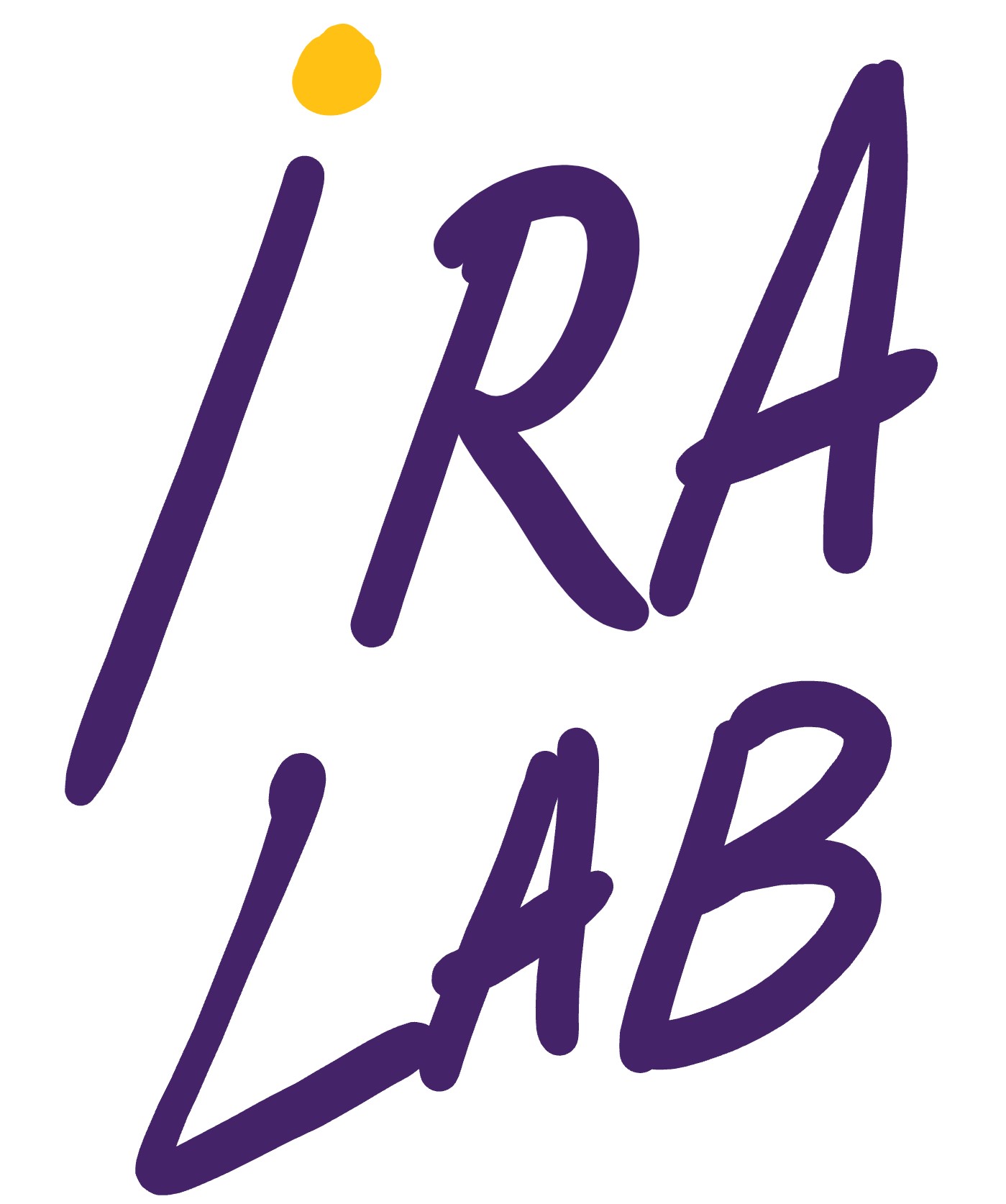Return to Lorenzo Rivara's personal page
The project aims to reshape the mobile base OTTO, program security protocols and tuning control code. At the current state OTTO is a three-wheeled vehicle with two front driving wheels. Our long term goal is to make OTTO a four-driving wheeled vehicle. Furthermore, the current frame of the robot is too small to permit the two motor to fit in series in a horizontal line and so we want to enlarge and standardize the frame. OTTO also doesn’t have a safety arrest system for electrical malfunctions and so we want to add it.
Below there is a step-by-step list for the implementation defined above
-
- Disassemble OTTO measuring the parts and put them into a CAD system, for easing future work.
- Find or design a pivot to allow the front and the rear frame, and so the front and rear wheels, to roll independently w.r.t. an horizontal longitudinal axis, so the wheels remain in contact with the ground.
- Create and produce a new design for the plates that mount the bearing.
- Create the new CAD model with al the new feature.

- Use the Ziegler–Nichols method for tuning the PID variables. Below there are the graphs of the PID components, the set point and the vecity. The first is before and the second after the use of the Ziegler–Nichols method.


- Add a code for testing the correct connection of the encoders.
- Creation of a shutdown system in case of electrical malfunction of type "too much current into the motors" using the ADCs of the microcontroller board on the pin A0, A1 of the motor driver board.
- Tuning the odometry of OTTO.
